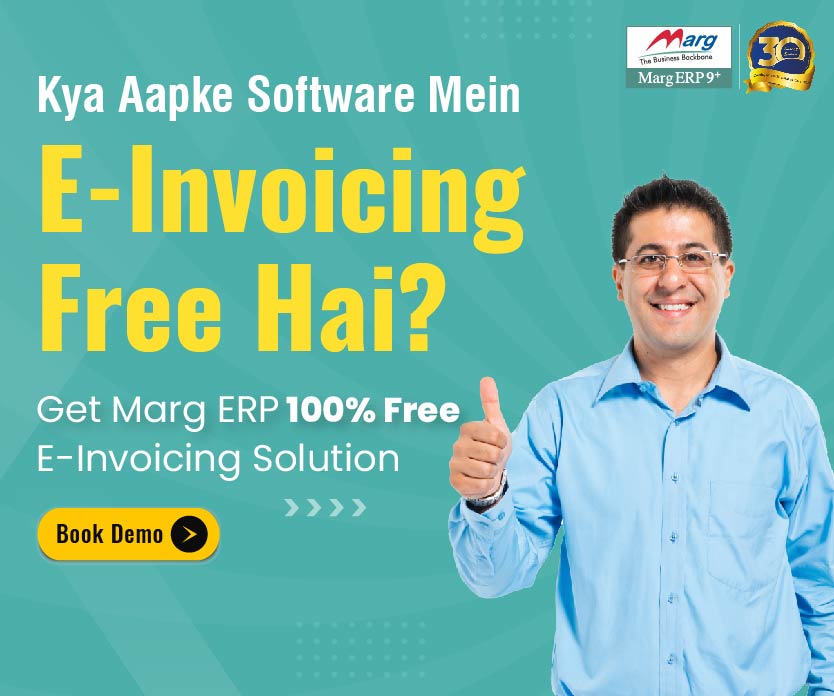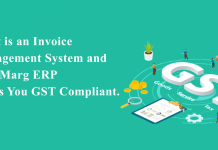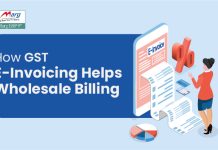The implementation of e-invoicing has been a hot topic in the business world for quite some time now. As more and more businesses adopt digitalization, governments around the world are moving towards e-invoicing to improve tax compliance and reduce paperwork. In this article, we will discuss the applicability of e-invoicing, its benefits, and its challenges.
What is e-invoicing?
E-invoicing is a process of creating, transmitting, and processing invoices electronically, without the need for paper documents. In e-invoicing, invoices are created and exchanged in a structured digital format, making the entire process more efficient and secure.
Applicability of e-invoicing
E-invoicing applies to businesses of all sizes and types, including:
- Registered taxpayers: In most countries, e-invoicing is mandatory for businesses registered under the Goods and Services Tax (GST) or Value Added Tax (VAT) regimes. These businesses are required to generate e-invoices for all their transactions.
- B2B transactions: E-invoicing applies to businesses that engage in Business-to-Business (B2B) transactions, where the invoice value is over a certain threshold. The threshold varies from country to country but typically ranges from $1,000 to $10,000.
- Government contracts: E-invoicing is mandatory for businesses that supply goods or services to the government. This ensures transparency and reduces the chances of fraud and corruption.
Benefits of e-invoicing
E-invoicing offers several benefits for businesses, including:
- Reduced costs: E-invoicing eliminates the need for paper documents, postage, and manual data entry, reducing costs associated with printing, mailing, and processing invoices.
- Improved efficiency: E-invoicing speeds up the invoicing process, reducing the time it takes to generate and send invoices. This results in faster payment cycles and improves cash flow for businesses.
- Better accuracy: E-invoicing reduces errors caused by manual data entry, resulting in more accurate invoices and fewer disputes.
- Enhanced security: E-invoicing is more secure than traditional paper-based invoicing. Digital invoices can be encrypted and digitally signed, ensuring they are tamper-proof and authentic.
- Improved tax compliance: E-invoicing enables governments to better track transactions and reduce tax evasion, improving tax compliance and reducing the burden on businesses.
Challenges of e-invoicing
Despite its benefits, e-invoicing presents several challenges, including:
- Technical infrastructure: E-invoicing requires businesses to have the necessary technological infrastructure, including hardware, software, and internet connectivity, to create and transmit e-invoices.
- Compliance with regulations: E-invoicing requires businesses to comply with complex data privacy, information security, and tax compliance regulations.
- Change management: E-invoicing requires businesses to adapt to new processes and technologies, which can be challenging and time-consuming.
- Integration with existing systems: E-invoicing requires businesses to integrate their invoicing systems with other business systems, such as accounting software, which can be complex and costly.
- Lack of standardization: E-invoicing standards and formats vary from country to country, making it difficult for businesses to operate across borders.
Final Words: E-Invoicing Applicability
E-invoicing is an essential step towards digitalization and improving business processes. It offers several benefits, including cost reduction, improved efficiency, accuracy, security, and tax compliance. However, e-invoicing also presents several challenges, such as technical infrastructure requirements, compliance with regulations, change management, integration with existing systems, and the need for standardization. Despite these challenges, the benefits of e-invoicing outweigh the challenges, and businesses should embrace e-invoicing
Read Useful Content
- Top Benefits of E-Invoicing Software For Your Business
- E-invoicing – Guide On E-Invoicing System In India
- How to Generate Electronic Invoicing (e-Invoicing) in Marg ERP Software
Frequently Asked Questions:
Q: What is E-invoicing?
A: E-invoicing, or electronic invoicing, refers to the process of issuing and receiving invoices electronically, rather than on paper.
Q: What is the applicability of E-invoicing in India?
A: E-invoicing is applicable for taxpayers with an annual turnover exceeding Rs. 50 crores for the financial year 2021-22 and Rs. 10 crores for the financial year 2022-23 and onwards.
Q: Is E-invoicing mandatory for all taxpayers in India?
A: E-invoicing is mandatory only for taxpayers with an annual turnover exceeding the specified threshold.
Q: What are the benefits of E-invoicing?
A: E-invoicing offers various benefits such as reduced errors, improved efficiency, faster processing, and easier compliance with tax regulations.
Q: What are the technical requirements for implementing E-invoicing?
A: Taxpayers need to have a GSTIN, a valid Aadhaar number, and a registered business with the GST portal to implement E-invoicing.
Q: How does E-invoicing work?
A: Under E-invoicing, businesses generate an invoice on their accounting or billing software, which is then authenticated by the GST Network. The authenticated invoice is then shared with the buyer and the tax department.
Q: What is the penalty for non-compliance with E-invoicing regulations?
A: The penalty for non-compliance with E-invoicing regulations can range from Rs. 10,000 to Rs. 1,00,000.
Q: Can E-invoicing be used for export transactions?
A: Yes, E-invoicing can be used for export transactions as well, provided that the invoice contains all the necessary details required for export transactions.
Q: Can E-invoicing be used for all types of transactions?
A: No, E-invoicing is not applicable for certain types of transactions such as export transactions, SEZ transactions, and B2C transactions.






